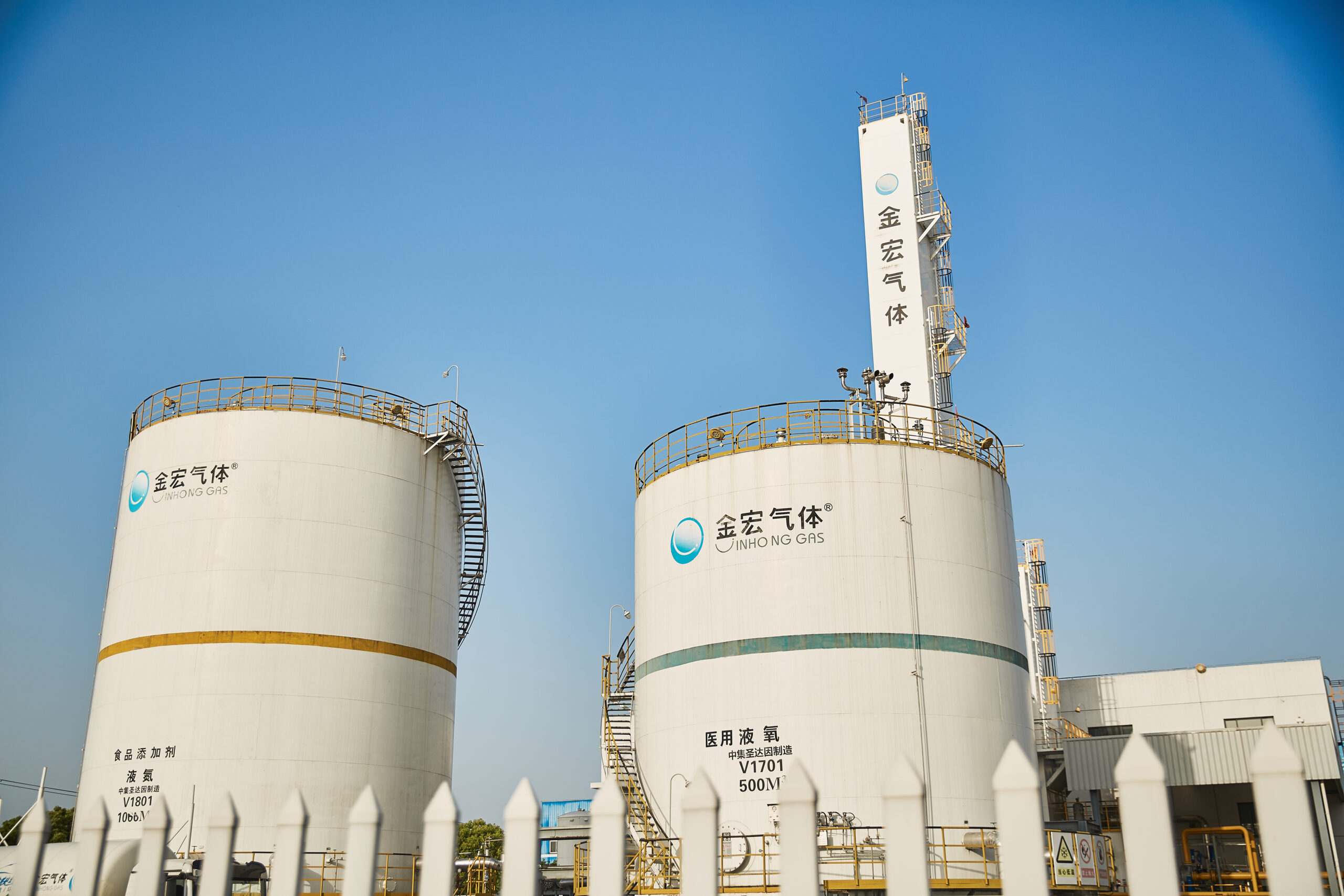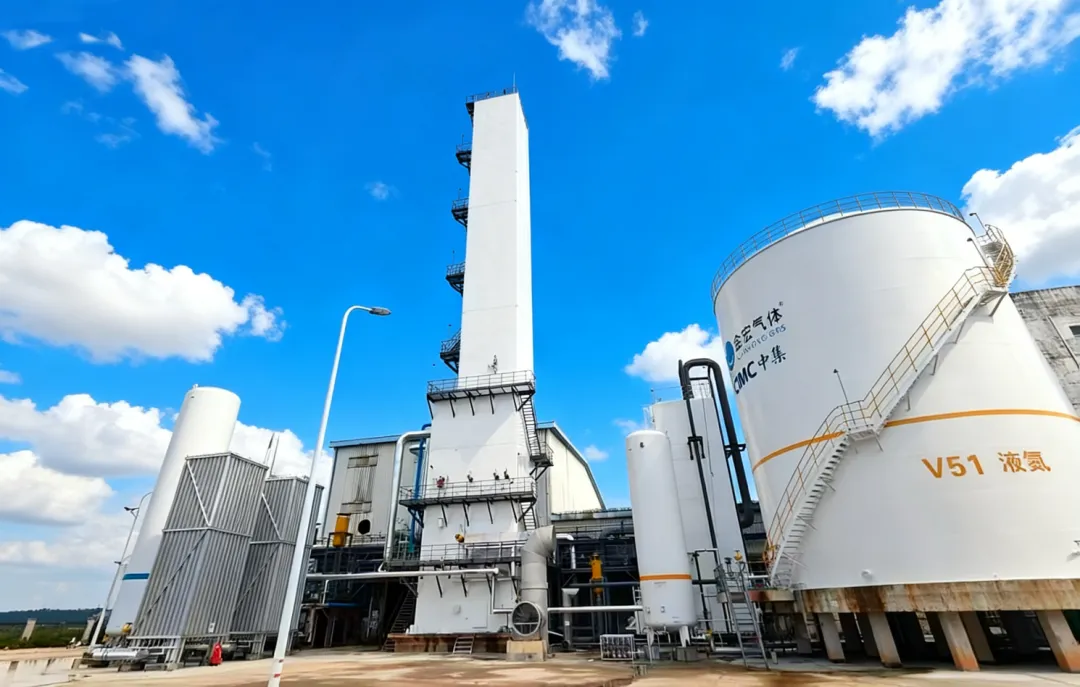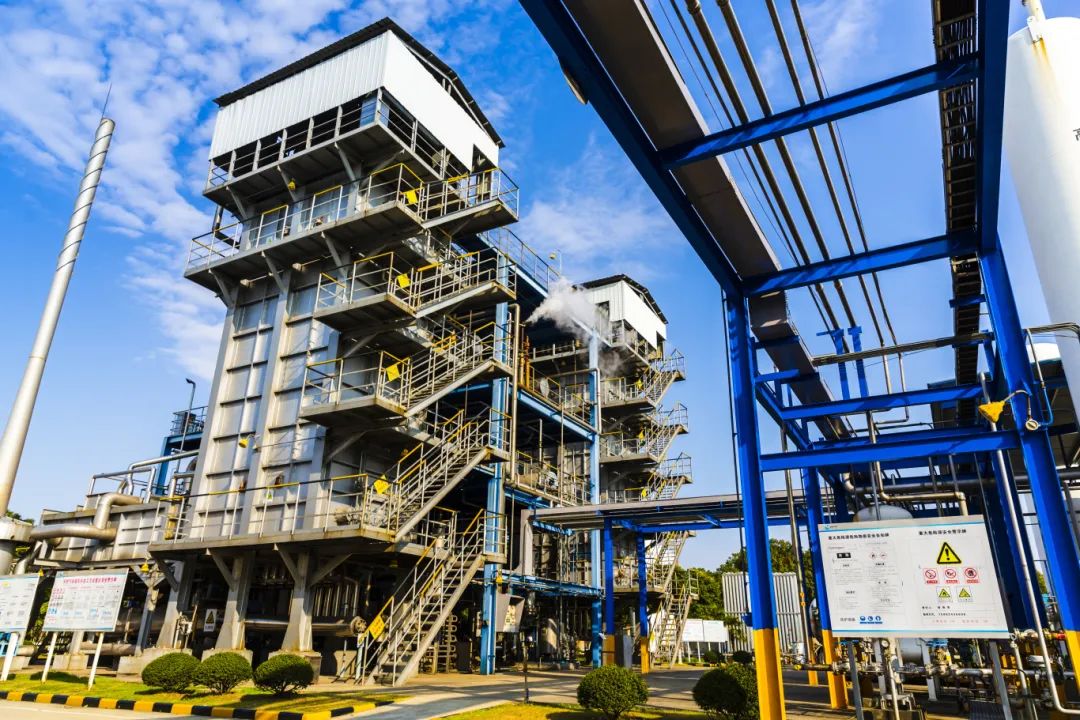1. Application of Supercritical CO2 in Environmental Engineering
1.1 Regeneration of Activated Carbon Adsorbents
Activated carbon possesses strong adsorption capabilities and can be reused, making it widely applied in various fields such as medicine, food, environment, and new materials. It plays a significant role in environmental engineering by adsorbing the majority of toxic and environmentally unfriendly gases. However, the use of activated carbon also poses challenges. After reaching saturation with adsorbed impurities, activated carbon needs regeneration. Currently, there are several difficulties in the regeneration process. For instance, incomplete removal of impurities during regeneration can affect the adsorption capacity of activated carbon. Moreover, regeneration often requires large amounts of high-temperature inert gas blowing, resulting in high energy consumption and increased operational costs. These issues in regeneration technology hinder the widespread application of activated carbon. The industry is currently exploring the use of supercritical CO2 fluid technology to address the regeneration issues of activated carbon.
According to experimental records in relevant literature, utilizing activated carbon derived from wastewater containing benzene and adsorption wastewater as raw materials, and employing supercritical CO2 as the extraction medium, experiments were conducted to investigate the effectiveness of supercritical CO2 extraction and regeneration of activated carbon. The experimental results in the literature indicate that supercritical CO2 fluid exhibits excellent extraction efficacy for benzene present in activated carbon.
The experimental results reveal that supercritical CO2 fluid possesses extremely high solubility, capable of dissolving most non-polar and neutral substances without dissolving the activated carbon itself. Supercritical CO2 can effectively extract impurities adsorbed by activated carbon, facilitating the rapid regeneration of activated carbon. Compared to traditional activated carbon regeneration techniques, supercritical CO2 offers stronger regeneration capability, shorter regeneration cycles, and lower regeneration costs. Therefore, supercritical CO2 fluid finds extensive application in the field of activated carbon regeneration.
1.2 Treatment of Heavy Metal Substances
Various toxic heavy metal substances are commonly found in industrial solid waste, and once these toxic metals enter water bodies, they can severely damage aquatic environments and ultimately endanger human health. Supercritical CO2 exhibits excellent solubilization effects on some heavy metal components, allowing these metals to dissolve within it, thereby reducing the entry of heavy metals from solid waste into the soil and subsequent contamination of groundwater. Supercritical CO2 fluid demonstrates good extraction effects on heavy metals such as manganese, lead, zinc, and chromium. Hence, supercritical CO2 fluid can be utilized for the disposal of solid waste.
1.3 Treatment of Polymeric Materials
In modern life, people are increasingly reliant on artificially synthesized polymeric products such as rubber and plastics. However, these discarded polymeric products have stable chemical properties and are difficult to degrade, leading to environmental pollution. Therefore, the recycling and treatment of waste polymeric products have become challenging issues in environmental protection efforts. In recent years, supercritical CO2 extraction technology has played an important role in addressing the recycling and treatment of waste rubber and plastics. Under solvent- and catalyst-free conditions, supercritical CO2 extraction technology can rapidly decompose waste rubber and plastics into oil products. These oil products can then be separated through extraction to obtain single petroleum products, facilitating the recycling of waste polymeric materials.
2. Treatment of Nuclear Waste
Nuclear energy is one of the most promising future energy sources for humanity, with its significant advantage of high energy density compared to traditional energy sources. However, nuclear energy currently suffers from a fatal flaw: the generation of large amounts of nuclear waste, such as nuclear wastewater, which is radioactive. Nuclear pollution can severely impact human health, thus hindering the widespread application of nuclear energy.
Currently, countries around the world are actively conducting research on using supercritical CO2 fluid extraction to treat nuclear waste. Supercritical CO2 extraction eliminates the need for solvents, significantly reducing the generation of secondary nuclear waste during the extraction process. Moreover, it offers rapid extraction speeds, enabling the quick separation of contaminants and useful substances from nuclear waste. As a result, pollutants from nuclear waste generated by nuclear power plants and defense laboratories are now being treated using supercritical CO2 fluid extraction technology.
3. Application of Supercritical CO2 Fluid Extraction Technology in the Food Processing Industry
Supercritical carbon dioxide (CO2) fluid extraction operates at temperatures close to room temperature, ensuring that heat-sensitive substances remain unaffected during the extraction process. The extraction process involves placing the raw material into an extraction vessel. CO2 gas is then condensed into liquid form through a condenser, and the liquid CO2 is pressurized using a pump to exceed the critical pressure of CO2. Simultaneously, the process temperature is adjusted to convert the CO2 gas into a supercritical fluid. Once in the extraction vessel, the supercritical CO2 comes into contact with the raw material, selectively extracting desired components. The supercritical CO2 containing the extracted material is depressurized below the critical pressure using a pressure-reducing valve. Subsequently, the CO2 evaporates into a gas, leaving behind the extracted product, which is collected. The evaporated CO2 gas is condensed back into liquid form through a condenser and can be recycled for further use. As supercritical fluid extraction technology integrates both extraction and separation processes, it is highly efficient.
3.1 Supercritical CO2 Extraction of Edible Oil
Traditional methods of extracting edible oil typically involve solvent extraction, but the residue of solvents in oils produced by this method often fails to comply with food safety regulations. Currently, experts are exploring the application of supercritical CO2 extraction technology to extract oils from various soybeans. Findings from relevant literature and experimental records indicate that oils obtained through supercritical CO2 extraction are richer in lipids. Compared to traditional extraction processes, edible oils extracted using supercritical CO2 have lower phosphorus content and coloration. Moreover, they exhibit higher odor recovery rates and lack solvent residue.
3.2 Supercritical CO2 Extraction of Caffeine
With the increasing popularity of coffee consumption in modern life, concerns have arisen regarding the high caffeine content in coffee, as excessive caffeine intake can be harmful to health. Thus, technologies for caffeine removal have emerged. Traditional extraction methods typically involve dissolving and separating caffeine using organic solvents. However, this process also results in the loss of aromatic compounds from coffee, as they are extracted along with caffeine. Additionally, there is a concern regarding toxic solvent residues. Supercritical CO2 extraction technology offers a solution to these issues. After extraction, the caffeine content in coffee is significantly reduced, while the aromatic characteristics of the coffee are preserved.
4. Prospects of Supercritical CO2 Extraction Technology
In recent years, supercritical CO2 extraction technology has experienced rapid development and has significant growth potential in various fields such as food, pharmaceuticals, and environmental engineering. However, it also faces several challenges. These challenges primarily include high equipment and process technology requirements, leading to significant initial investment costs, as well as issues with salt deposition and corrosion in key equipment that need urgent resolution. Furthermore, further improvements are needed in process stability. Nevertheless, there is reason to believe that with the continuous improvement of technology, these challenges can be effectively addressed in the near future. At that time, supercritical CO2 extraction technology will undoubtedly leverage its unique advantages and achieve broader applications.



